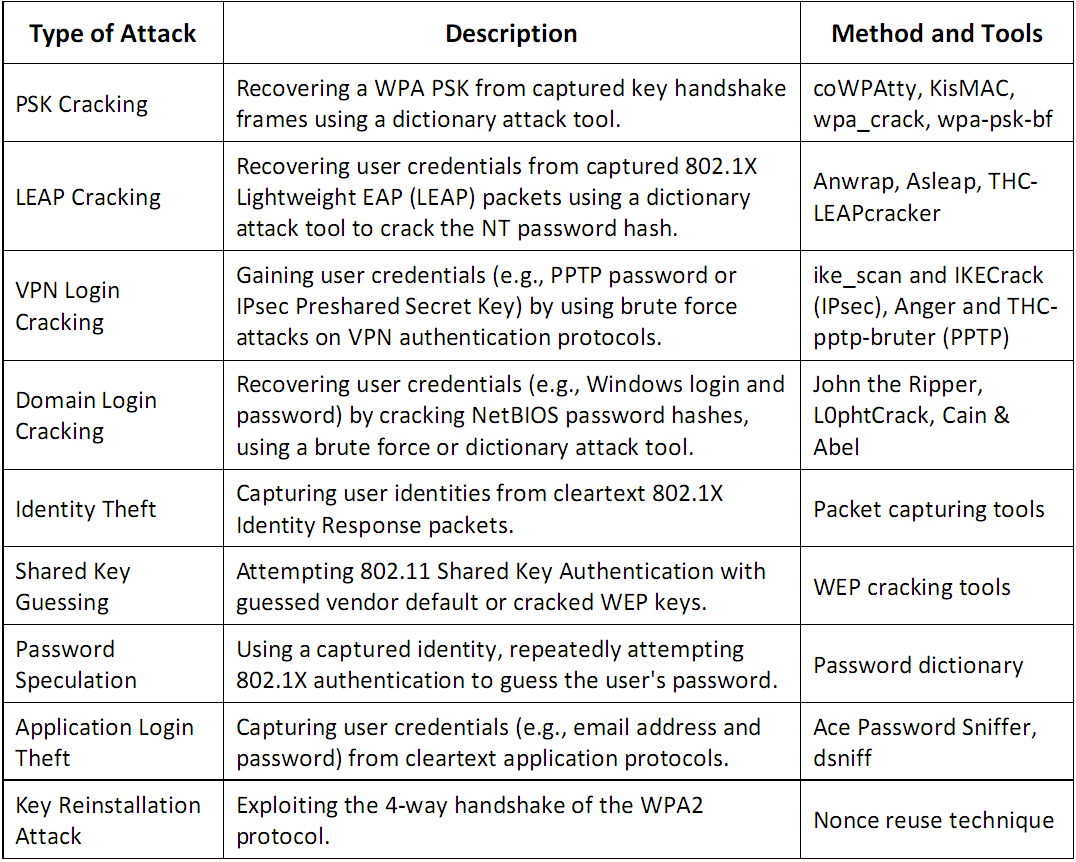
There are numerous actions which can be used when a packet filter receives a packet and has filtering rules defined. What actions are taken based on the result of examination. It usually looks for the information we’ve already talked about, like source IP address, destination IP address, source port number, destination port number, etc.Ĭ. These rules define what a packet filter should look for when it receives a packet.

Set of rules which define what to do with the packet. This is done with the help of filtering rules defined in the next point.ī. Examination of each packet data and headers.Įach packet is examined when it comes to the packet filter. Usually, packet filtering is also smart enough to remember previous packets that are all analyzed together to decide if a packet is considered malicious and is rejected/dropped, or if it should be passed through.Ī packet filter has to have the following capabilities:Ī. Packet filtering looks at source IP address, destination IP address, source port number, destination port number, flags and other information to decide whether some packet should be accepted or rejected. Outlined fields in the IP/TCP protocols are the most commonly used pieces of information to monitor when packet filtering is in use. Flags: URG, ACK, PSH, RST, SYN, FIN, read more on.Destination port: to which port the packet is going.Source port: from which port the packet was sent.Important pieces of the TCP protocol header are the following fields: The TCP header is outlined in the next picture – taken from : We must also take a look at another protocol that is above the IP protocol, the TCP protocol, which is used to reliably deliver all the packets that belong to the same packet stream.

There are also other protocols that hold the source and destination address of each packet – like TODO. But we’re not limited to IPv4 and IPv6, which are used for routing the packets through the Internet. Of course the IP header belongs to an IPv4 protocol, but there is also IPv6, which contains the same information, except that both source and destination IP addresses are 128-bits in length. Destination IP Address : The IP address where the packet is going.Source IP Address : The IP address where the packet originated.The IP header is used for routing packets through the Internet, because it contains the most important information of all protocol headers, which include the following fields: These are the most popular and widely used protocols on the internet, and as such are prone to many vulnerabilities.In the picture we can see the representation of the IP header. HTTP stands for HyperText Transfer Protocol, while HTTPS stands for HyperText Transfer Protocol Secure ( which is the more secure version of HTTP). One common exploit on the DNS ports is the Distributed Denial of Service (DDoS) attack. It is both a TCP and UDP port used for transfers and queries respectively. DNS (53)ĭNS stands for Domain Name System. The SMB port could be exploited using the EternalBlue vulnerability, brute forcing SMB login credentials, exploiting the SMB port using NTLM Capture, and connecting to SMB using PSexec.Īn example of an SMB vulnerability is the Wannacry vulnerability that runs on EternalBlue 4. When enumerating the SMB port, find the SMB version, and then you can search for an exploit on the internet, Searchsploit, or Metasploit. It is a communication protocol created by Microsoft to provide sharing access of files and printers across a network. You can exploit the SSH port by brute-forcing SSH credentials or using a private key to gain access to the target system. It is a TCP port used to ensure secure remote access to servers.
PACKET SENDER HACKING PASSWORD
You can log into the FTP port with both username and password set to "anonymous". The FTP port is insecure and outdated and can be exploited using: Port 20 and 21 are solely TCP ports used to allow users to send and to receive files from a server to their personal computers. FTP (20, 21)įTP stands for File Transfer Protocol. Here are some common vulnerable ports you need to know. Many ports have known vulnerabilities that you can exploit when they come up in the scanning phase of your penetration test.

vulnerabilities that are easy to exploit. In penetration testing, these ports are considered low-hanging fruits, i.e. There are over 130,000 TCP and UDP ports, yet some are more vulnerable than others.


 0 kommentar(er)
0 kommentar(er)
